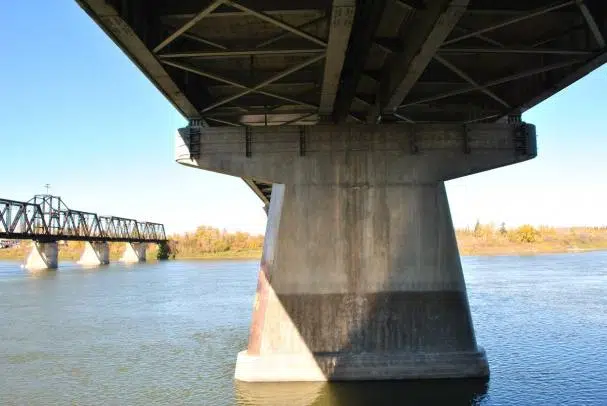
Province to pay for Diefenbaker Bridge’s underwater inspection
The Province of Saskatchewan will pay for the inspection of the Diefenbaker Bridge’s underwater piers.
The City of Prince Albert applied for funding for the inspections under the provincial Urban Highway Connector Program for the 2013-14 fiscal year. The ministry of highways and infrastructure confirmed on Friday that it has committed the funding for the inspections.
Joel Cherry, spokesman for the ministry, said the inspections have to do with erosion caused by high water levels in the spring.
“We’re committing funding to it, but the city is going to be managing the inspection,” he said.


